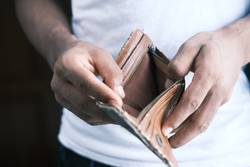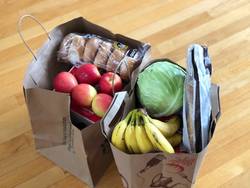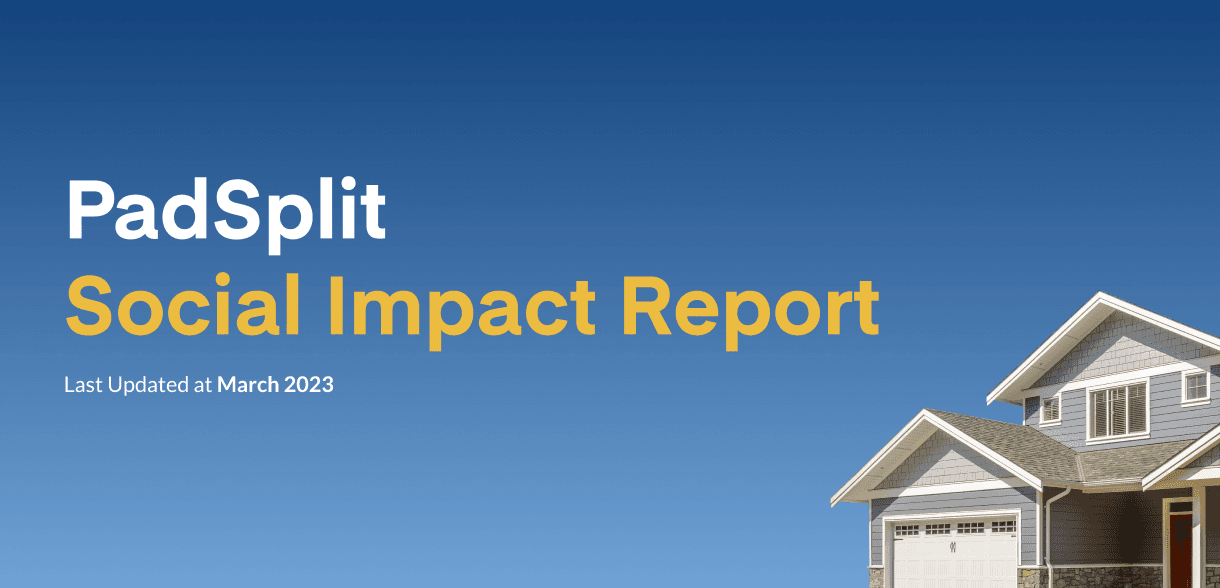There are a lot of reasons you might want to save some extra cash. Maybe you have student loans or credit card debt you want to pay off, or you want to build an emergency fund. You may even have a big goal to buy a home next year and need to start saving for a down payment.
Saving money can feel overwhelming at first, but it’s easier than you think when you start small. Read more to see 10 ways you can start saving money today.
10 Ways to Save More Money
Create a budget
Saving money always starts with creating a monthly budget. The word “budget” can feel scary, but don’t think of a budget as a way of restricting your spending. It’s actually the opposite! A monthly budget is a tool to help track your spending to reach your financial goals faster. A budget shows how much money you bring in, how much money goes out, and how much money is left to start putting towards your goals.
When setting a budget, most financial advisors recommend following the 50/30/20 rule: 50% of your income goes towards needs, 30% towards wants, and 20% towards savings. You may have to track your expenses for a few weeks before you get a sense of how much money you are spending and what your realistic budget should be but remember: it’s okay to make adjustments along the way.
Reduce your expenses
Now that you’ve made a budget and are tracking your expenses, it’s time to look for ways to reduce your monthly costs. Are you spending a lot of money eating out with friends? Don’t be afraid to suggest free or low-cost activities to friends. Instead of heading to your favorite brunch spot on a Saturday morning, suggest a nearby park or hike.
Are you spending too much money on your rent or utilities? Give up your expensive lease and move into a modern, affordable room through PadSplit. When you rent through PadSplit, you aren’t locked into a long-term lease. Your weekly payment covers your furnished room, all utilities, and perks such as free telemedicine and credit reporting. PadSplit Members save an average of $420 a month living in a PadSplit. It’s the perfect way to downsize and start saving money.
Schedule no-spend days or spending freezes
What exactly is a spending freeze? It’s a predetermined amount of time – sometimes a recurring day of the week or a longer length like a month – that you dedicate to not spending money on things that aren’t essential. Challenge yourself to a spending freeze and see how long you can last! Not only will it help you reduce your overall spending, but these freezes can make you more aware of your purchasing habits.
Start a side hustle
The more you earn, the more you can save. Easier said than done, right? There are a lot of ways you can make some extra cash. Off work for a few days? Pick up an extra shift or two through PadSplit partner Wonolo. Enjoy working with kids? Find a family that needs a recurring babysitter. Have a passion like jewelry-making or yard work? Turn it into a side hustle. You can advertise your services on sites like NextDoor or neighborhood Facebook groups.
Instead of spending the extra money you earn, deposit it directly into your savings account or immediately use it to make an additional payment on your debts.
Sell any unwanted items on resell sites
Spring cleaning is upon us, and now’s a great time to declutter. Go through your closet or house and look for the items you no longer wear or use, and sell those on sell sites such as Facebook Marketplace or Poshmark. Not only is it an easy way to add a little extra cash to your pocket, but you get the added benefit of a clutter-free home.
Wait a period of time before making purchases
Got your eye on a new TV you want but don’t need? Use the 30-day rule. When you want to purchase a big-ticket item, wait 30 days before buying it. More often than not, you will realize you can live without it and save money. Out shopping and see a new shirt that catches your eye? Use the 24-hour rule. It’s just like the 30-day rule. Whenever you’re out and want to make an impulse buy, wait 24 hours. You’ll likely realize you don’t want it, or you don’t want to make the trek back to the store. Either way, you end up saving money in the process.
Use cash when you shop, and save the change
This tip has two parts. First, when we use cash for everyday purchases, we become more aware of how much money we have and are spending. Second, using cash gives you the ability to save your change. Over time that change adds up. For example, if you put aside just $0.50 a day for one year, you’ll have $182.50 just from saving your spare change in a year. This strategy may not build your savings overnight, but it’s a solid approach for healthy habit building and slow-and-steady savings growth.
Plan your meals
Meal planning is like setting a budget, but for food. Take stock of your pantry and refrigerator before making a shopping list, and build your meals around those items. Heading to work? Pack your lunch instead of eating out with coworkers or hopping in the drive-thru line. Planning and preparing your weekly meals means you can shop around for any sales at your typical grocery stores. You’ll also prevent those last-minute takeout orders or meal deliveries with hidden fees that add up over time.
Consider going car-free
Did you know it costs roughly $5,264/year to own a car in the United States? There are apparent costs for car ownership, such as car payments, gas costs, and auto insurance when it comes to car ownership. But other hidden costs add up over time and are harder to budget for, including regular maintenance, surprise repairs, and tax/title fees. Going car-free is a big lifestyle adjustment, and it may not be for everyone. But, depending on your season of life and where you live, this radical move could save you thousands of dollars each year.
If you live near work or public transit, consider selling your car to reduce expenses dramatically. Not ready to make the official jump? Try going about your daily routine for a week or two without using your vehicle. Even if you aren’t in a position to downsize and sell your car, using public transit or walking when you’re able will cut your weekly gas costs.
Cancel automatic subscriptions and memberships
There’s a good chance you’re spending money and don’t even realize it. Take a look at your recent bank statement and look for recurring payments such as Spotify, gym memberships, or Netflix. Ask yourself if you can do without it and if the answer is yes, cancel it.
Final Thoughts
Anytime you start to get discouraged about saving money, remember why you are saving in the first place. Are you paying down debt, saving for a more significant purchase, or building your emergency fund? Those are all excellent reasons to keep going. Your small steps will add up over time.
Ready to save on your housing costs and find affordable housing? PadSplit is the perfect fit! When you become a PadSplit Member, you can rent a private, furnished room for a weekly payment that covers everything you need.
Header Photo by Sharon McCutcheon on Unsplash




